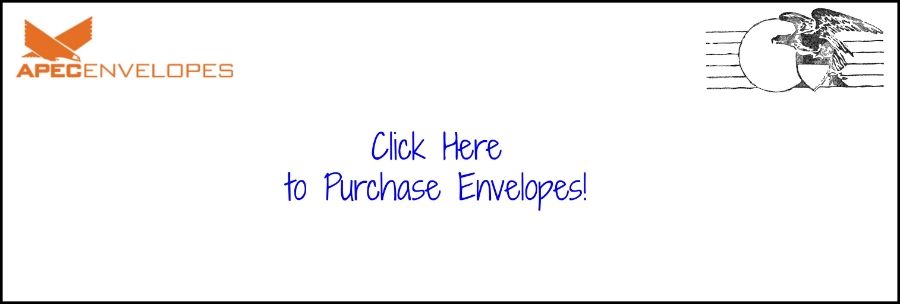Select the Right Paper…The First Time Around
You’re
getting ready to launch a project. The plans are made, the graphics are
selected – and the text is written. Now it’s time for one last important detail:
the materials. What paper should you select, coated or uncoated? Will standard
paper work well, or do you need something thicker?
The right
decision won’t just save time, it will save money. Fortunately, with a few tips
you can get it right the first time around.
Coated or Uncoated?
Coated
paper reflects more light, which affects how your project looks and feels. Coated
paper creates a finished look, but makes reading longer text difficult. Coated
paper is also often viewed as a too thin, lower-quality paper, much like
magazine paper.
In contrast, uncoated paper that has texture to distinguish itself from copy paper is easier to read from as well as being considered a more versatile choice for social and business uses.
In contrast, uncoated paper that has texture to distinguish itself from copy paper is easier to read from as well as being considered a more versatile choice for social and business uses.
Use coated
paper to highlight photography, illustrations or other images that need to
“pop.”
Uncoated
paper has more texture to it and is useful for books, magazines and projects that
require longer reading.
Paper Weight
What about
paper weight? Should you use a lighter paper or a thicker paper? Here’s a basic
guideline. A paper weight of 20-24# Text Wove/Kraft is a standard paper weight,
while 60-100# can be used in both Text (meaning regular paper) and Cover
(meaning cardstock) versions. For poster types of projects, a paper weight of
24-28# is best.
For
projects that require a thicker paper, like business cards, a paperweight of
80-100# Cover is standard and creates a professional look.
Opacity and Brightness
Opacity
describes the amount of light that transmits through the paper. If you plan to print
on both sides with a booklet or brochure, opt for complete opacity. This means
no light passes through. On the flip side, if you’re not printing double sided, you have the flexibility of using a
lower opacity, which allows more light to pass through.
Brightness
is another factor. The majority of papers reflect about 60-90% of light. The
brightness of paper can affect your audience’s ability to ready your message – so,
take this into consideration when planning your project.
Other Considerations
With so
many choices, it might be difficult to decide which option is right. Sound
familiar? If so, partner with a company that has a free sample program. APEC
offers a program that allows you to order up to five samples, assisting with
making the right choice the first time.
What’s your
favorite type of paper? Please share by leaving a comment below.
Also, have
you signed up for our blog yet? Simply click here and you’ll receive fresh new ideas,
conveniently delivered to your inbox!

No comments:
Post a Comment